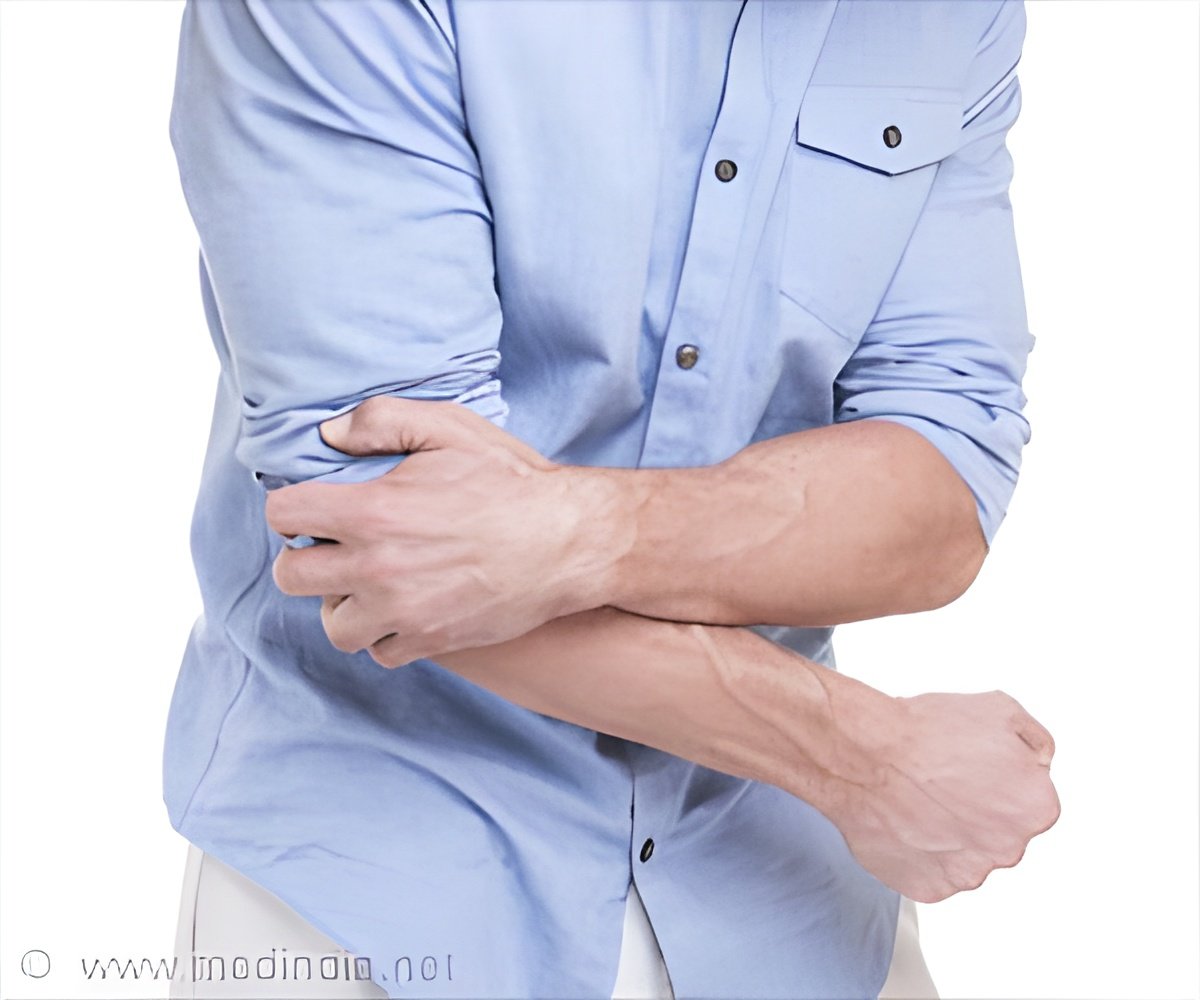Negative pressure wound therapy requires fewer dressings and is cost-effective and timesaving for staff.

TOP INSIGHT
Personal experience is not enough to determine whether a certain wound therapy method actually works.
"Personal experience is not enough to determine whether a certain wound therapy method actually works. But this is a difficult field of research, randomized trials in particular, especially when there is already strong beliefs and attitudes favouring one wound therapy among personal staff", says Christina Monsen.
Christina Monsen's current thesis compares the use of negative pressure wound therapy of infected wounds at the groin after vascular surgery with a previously established method: alginate dressings. The study is the first more extensive scientific evaluation of negative pressure techniques to treat infected wounds, and it has taken several years to execute.
"On average, the wound healing time was almost cut in half for patients who received negative pressure wound therapy - from 104 days to 57. The in-hospital care time was also reduced by a week, to an average of 13 days compared to 20", says Christina Monsen.
The negative pressure technique entails placing a foam sponge inside the cleaned wound, which is then covered by a tightly sealed plastic film. Through a small opening, a portable vacuum pump is attached, sucking up all the excess exudates while allowing the wound to gradually contract during the time of healing.
Negative pressure wound therapy was introduced in Swedish hospital clinics just before the turn of the millennium, and has gradually grown. However, despite increasing use it has remained poorly scientifically evaluated.
"I hope that the results will promote the use of negative pressure wound therapy in clinics in Sweden and abroad where it has not been used so far, and that the hospital care times can be decreased on the basis of these results", says Christina Monsen.
Source-Eurekalert
 MEDINDIA
MEDINDIA



 Email
Email





